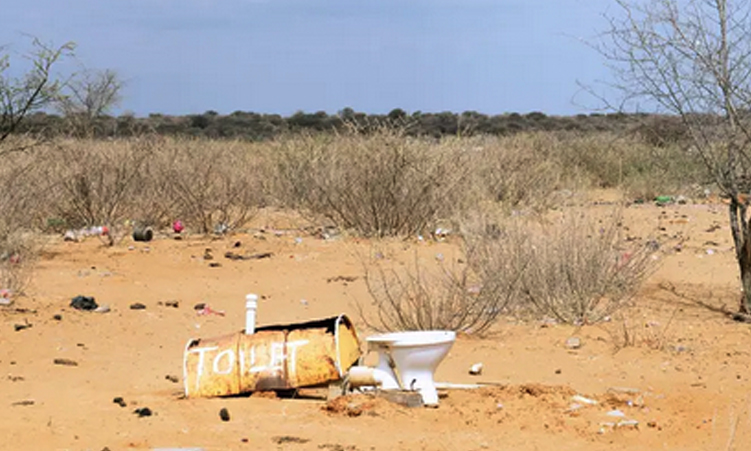Copyright namibian

Over three-quarters of households in the Zambezi region rely on bushes when nature calls. Namibia Statistics Agency (NSA) senior statistician Tommy Harris told The Namibian that 28 909 households out of 37 296, or 77.5%, have no toilets. “Only 6 858 (18.4%) use flush toilets out of the 37 296 households in the region,” he says. He says in the urban area about 6 629 households do not have toilets, while 7 012 households in town have no flushing toilets. According to the 2023 census, 40% of households nationwide do not have access to toilets. There has been an 8% increase in toilet construction between 2011 and 2023, according to the census. Harris was in the Zambezi region this week where the NSA launched the Zambezi census regional profile at Katima Mulilo. On other socio-economic challenges, Harris says the Zambezi region battles high youth unemployment, which stands at 50.4%. “The unemployment rate among the labour force is 43.7%, whereby young people are disproportionately affected. Hence, structural reforms are needed to align with job market needs,” he says. Access to safe water shows some improvements, with 84.4% of households using safe water for cooking. Piped water inside homes is the main source of water for 26.5% of households. Harris adds that in urban areas, 50.3% of the households use piped water inside, while in rural areas about 30.7% of households use water from boreholes or boreholes with tank covers. “It’s worth mentioning that only 37.1% of the households at Kabbe South use safe water for cooking,” he says. According to Harris, about 14.5% of households in the Zambezi region are headed by elderly persons, whereby rural areas account for 18.2% and urban areas 6.8%. “At the constituency level, Sibbinda leads with 20.9%, followed by Linyanti with 20.8% as the highest number of households headed by elderly persons,” he says. Katima Mulilo Urban constituency councillor Kennedy Simasiku says to tackle the high unemployment rate, higher education institutions should look into what is lacking in the job market before accepting students. “We cannot continue to have about 2 000 human resource graduates every year while there are no jobs for them. We really need to engage the universities in that aspect,” he says.



